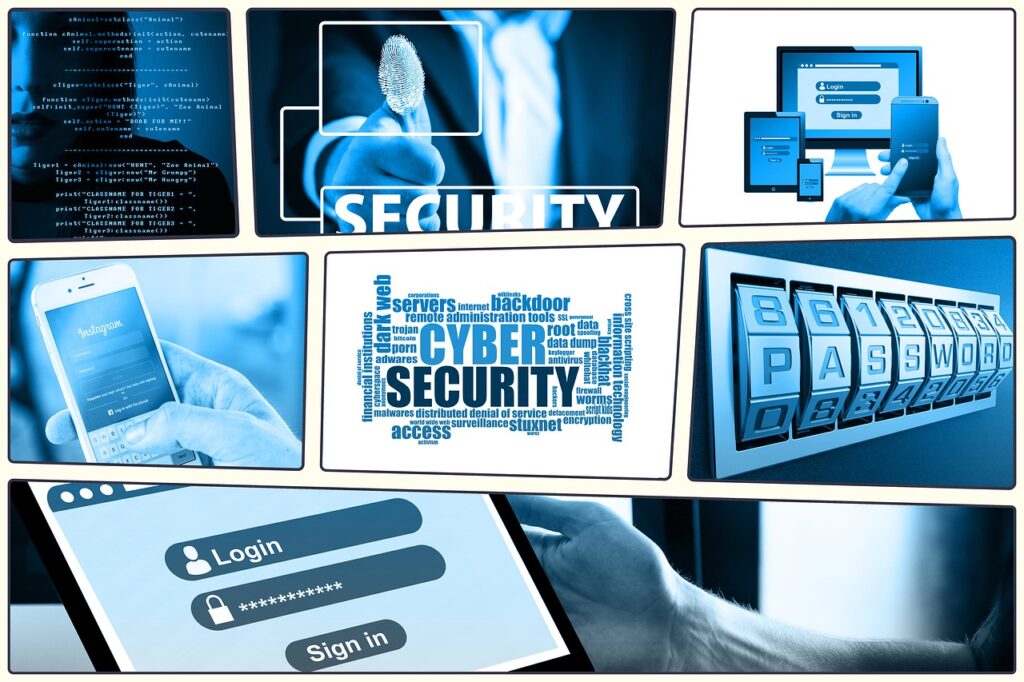These days, Internet of Things (IoT) devices are more prevalent in the healthcare industry. But the challenge is that using these devices poses a threat to the security of their patients. Irrespective of this, patients are witnessing the introduction of new health IoT devices into various healthcare networks.
Over the past few years, health IoT devices have significantly contributed to bringing positive change to healthcare facilities. But everything comes with pros and cons. That’s why there is a risk of cyber threats like hacking.
But what is hacking? In simple words, it’s an attempt to compromise digital services. Because health IoT devices monitor patients and comprise a lot of data, there’s always a risk of cyber threats like hacking.
Keeping the threat in mind, it is essential to secure health IoT devices. Here are some ways on how you can do it!
Why Should You Secure Your Health IoT Devices? Simple Ways To Secure Them!
The aim behind securing health IoT devices is to ensure the safety of the patient’s data. Interestingly, the security of their data is crucial because it can harm more than a physical issue. Therefore, it is a must that you learn some ways to secure Health IoT devices!

Ways To Secure Health IoT Devices
With the help of a cybersecurity expert, you can ensure the security of healthy IoT devices. Here is some expert advice you can follow.
#1 Inventory Devices
Having a stock of assets is not enough to protect IoT devices. It’s important to have a risk assessment to ensure they can provide the best value.
These days, patients use virtual assistants like Alexa, but only a few know that such an assistant with inventory can work for IoT devices. And this is possible without affecting the standard functionality of IoT devices.
#2 Follow The Best Security Practices
According to experts, implementing the best security practices can significantly help the cyber protection of health IoT devices. Among those practices, some of the top ones are eliminating hard-coded passwords, firewalls, encryption, and much more.
Additionally, before you deploy IoT devices, it’s advisable first to understand any existing vulnerabilities and then make the best plan to counter them. Apart from this, it’s always good to keep an eye on traffic so that any behavioral change can be detected at the right time. Lastly, always make sure that IoT devices are updated regularly.
#3 Implementation Of Effective Authentication
Deploying public key infrastructure and digital certificates can better protect networks, IoT devices, and electronic health systems. As a result, one has to ensure that the data packages are not manipulated.
An improper authentication system makes it easy for cyber threats to target devices. So, it is better to have an effective authentication system at your place.
#4 Maintain Full Visibility
The most important step to ensure security is to be fully aware of the devices’ networks. Even today, many organizations depend on manually updating networks and devices. But when it comes to IoT, traditional servers and workstations are not enough to fight against threats.
#5 Mitigate Vulnerabilities
Patches and real-time threat intelligence are the foundation of security programs. That’s why most healthcare organizations have patching programs in their place. But this is not enough because it’s tough to keep IoT devices updated with the help of software updates.
By doing so, there is a chance that you may miss some significant vulnerabilities. Therefore, it’s better to have a solution offering firmware updates.

Risk Factors For Health IoT Devices
What makes IoT devices risky? If you want to know about it, here are some ways for you to understand:
- Unlike Windows computers and Android phones, IoT devices are not designed in a way that they can look after their security on their own.
- More than half of the health IoT devices run on legacy operating systems. And these systems do not have support and cannot be maintained. This clearly indicates that there is zero security.
- When it comes to medical IoT devices, they don’t have certification or standardization for cyber security.
- Usually, IoT devices do not have standardized interfaces and controls. That’s why it’s quite challenging to create a uniform security policy. In addition, it’s not possible to use strong passwords because these devices are not designed for such passwords.
Final Words
By now, you must have understood the importance of the security of health IoT devices. In such an era of uncertainty, it’s better to be prepared for all the possible challenges. So, get in touch with a cybersecurity expert and ensure the best security for your health IoT devices.
Barbra Maranda
Latest posts by Barbra Maranda (see all)
- 6 Study Tips For College Students - March 27, 2024
- Benefits Of A Smoke-Free Home - March 13, 2024
- Cyberbullying Affects Teens More Than You Know - March 9, 2024




